THE BATTLE OF MIDWAY
79 Years ago today, the most epic Naval battle in History took place near the true center of the Pacific Ocean around a tiny atoll known as MIDWAY. Posted here is one of the combatants..the USS HORNET.
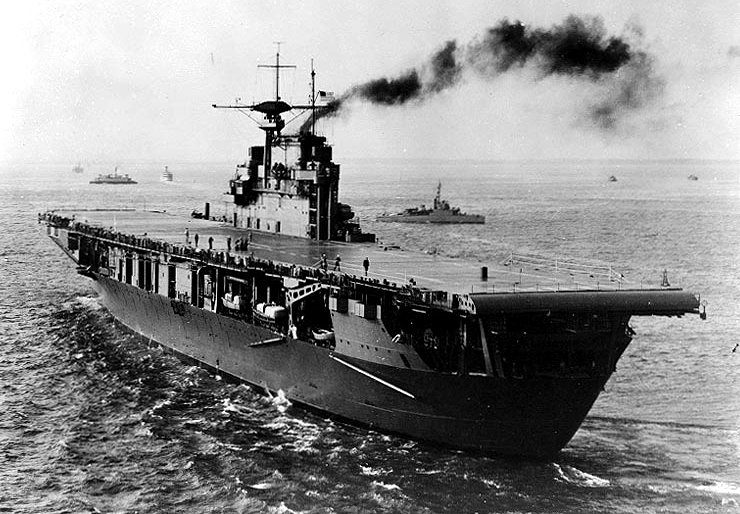
USS Hornet (CV-8), the seventh U.S. Navy vessel of that name, was a Yorktown-class aircraft carrier of the United States Navy. During World War II in the Pacific Theater, she launched the Doolittle Raid on Tokyo and participated in the Battle of Midway. Hornet was in service for a year and six days and was the last US fleet carrier ever sunk by enemy fire. For these actions, she was awarded four service stars, a citation for the Doolittle Raid in 1942, and her Torpedo Squadron 8 received a Presidential Unit Citation for extraordinary heroism for the Battle of Midway. Her wreck was located in late January 2019 near the Solomon Islands.
John Charles Waldron (August 24, 1900 – June 4, 1942)
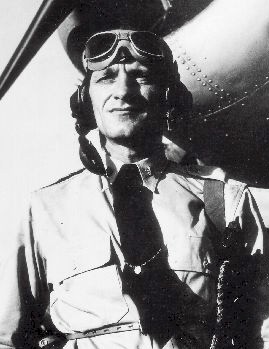
was a United States Navy aviator who led a squadron of torpedo bombers in World War II. He was among the twenty-nine men in his squadron who perished in the Battle of Midway. 15 Douglas TBD-1 Devastators of VT-8 launched from Hornet's flight deck in search of the enemy. Before takeoff, LCDR Waldron had a dispute with the Hornet's Commander, Air Group, Stanhope C. Ring, and Hornet CO Marc Mitscher about where the Japanese carriers would be found. Despite having a contact report showing the Japanese southwest of Hornet, Mitscher and Ring ordered the flight to take a course due west, in the hopes of spotting a possible trailing group of carriers. Waldron argued for a course based on the contact report, but was overruled. Once in the air, Waldron attempted to take control of the Hornet strike group by radio. Failing that, he soon split his squadron off and led his unit directly to the Japanese carrier group. Waldron, leading the first carrier planes to approach the Japanese carriers (somewhat after 9:00AM local time, over an hour before the American dive bombers would arrive), was grimly aware of the lack of fighter protection, but true to his plan of attack committed Torpedo 8 to battle. Without fighter escort, underpowered, with limited defensive armament, and forced by the unreliability of their own torpedoes to fly low and slow directly at their targets, the Hornet torpedo planes received the undivided attention of the enemy's combat air patrol of Mitsubishi Zero fighters.
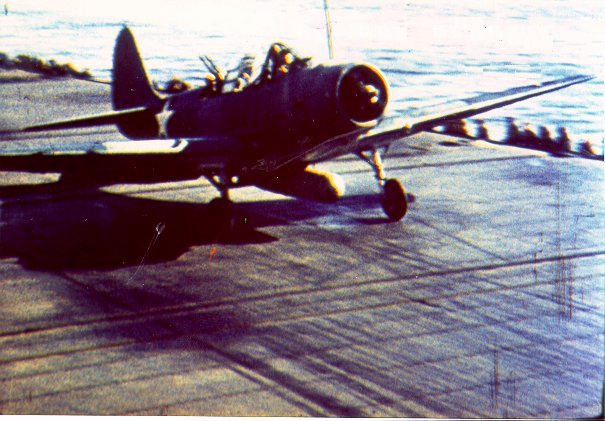
All 15 planes were shot down. Of the 30 men who set out that morning, only one survived. Their sacrifice, however, had not been in vain. Torpedo 8 had forced the Japanese carriers to maneuver radically, delaying the launching of the planned strike against the American carriers. After further separate attacks by the remaining two torpedo squadrons over the next hour, Japanese fighter cover and air defense coordination had become focused on low-altitude defense. This left the Japanese carriers exposed to the late-arriving SBD Dauntless dive bombers from Yorktown and Enterprise, which attacked from high altitude. The dive bombers fatally damaged three of the four Japanese carriers, changing the course of the battle.
Torpedo 8 earned the Presidential Unit Citation. Lieutenant Commander Waldron received the Navy Cross posthumously, as well as a share of the unit citation.
FEATURES:
20X AA Machine Gun stations
10X 5 inch Rifles (Flak Cannons)
3X Launchable Douglas TBD DEVASTATOR Torpedo Bombers
INSTRUCTIONS:
-Pivot Guns and Cannons using ROLL
-Use YAW to maneuver the Ship
TBD DEVASTATOR SQUAD
-Select Pilot or Orbit View Camera for the Squad.
-THROTTLE UP
-LAUNCH using AG-2 and fly to target.
-Drop TORPEDOS using AG-3 (no assisted targeting possible)
For more details on the events of June 4 1942, I recommend MONTEMAYOR's 3 comprehensive YouTube Videos on the BATTLE of MIDWAY.
Specifications
General Characteristics
- Created On Windows
- Wingspan 114.2ft (34.8m)
- Length 467.0ft (142.4m)
- Height 105.1ft (32.0m)
- Empty Weight N/A
- Loaded Weight 342,458lbs (155,336kg)
Performance
- Horse Power/Weight Ratio 0.075
- Wing Loading 50.5lbs/ft2 (246.7kg/m2)
- Wing Area 6,776.2ft2 (629.5m2)
- Drag Points 117395
Parts
- Number of Parts 1513
- Control Surfaces 8
- Performance Cost 5,805

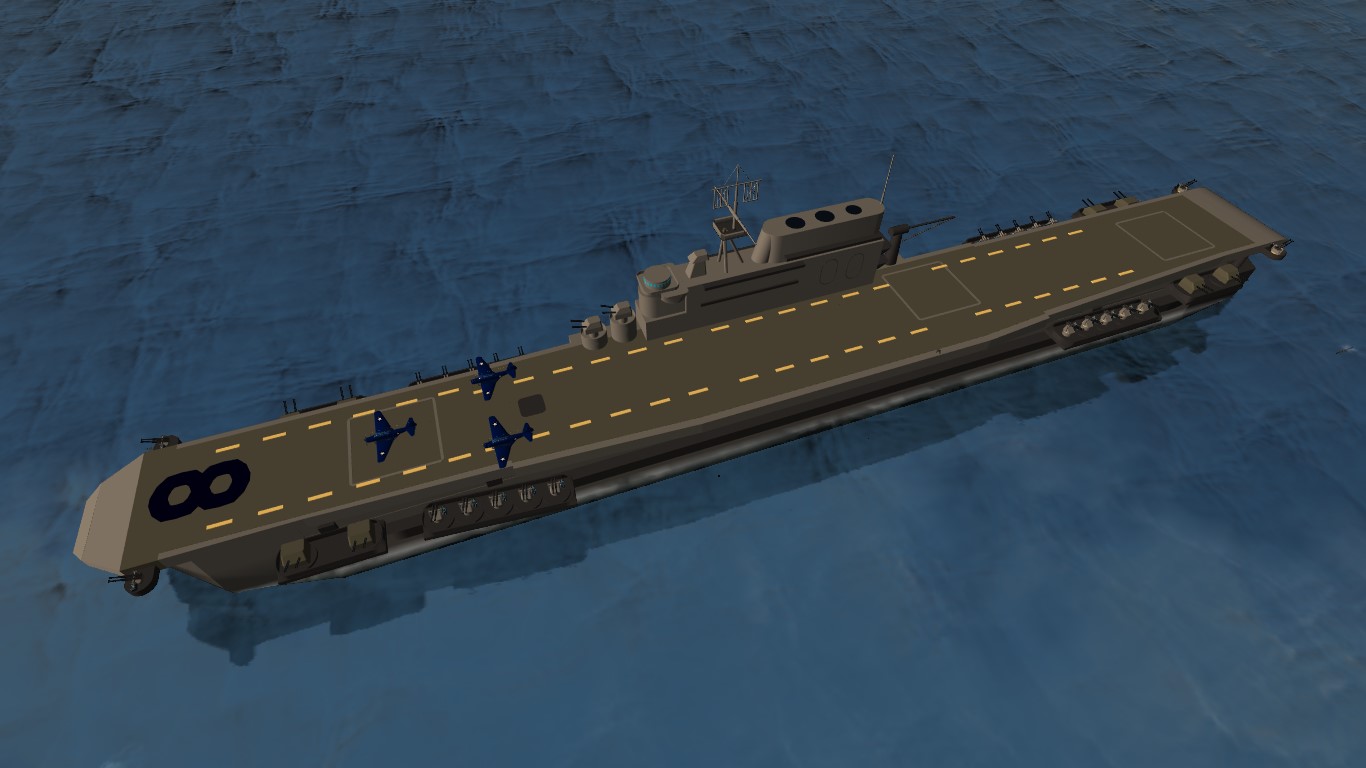
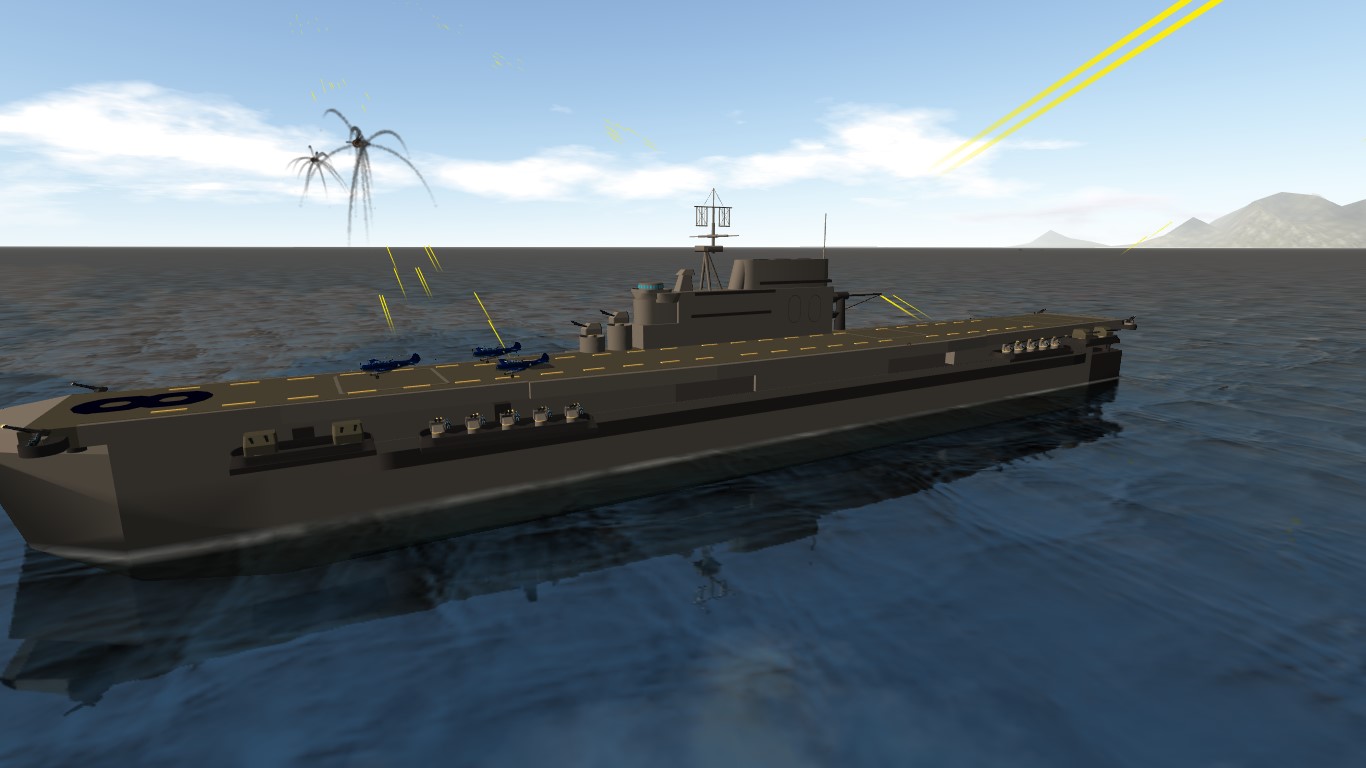
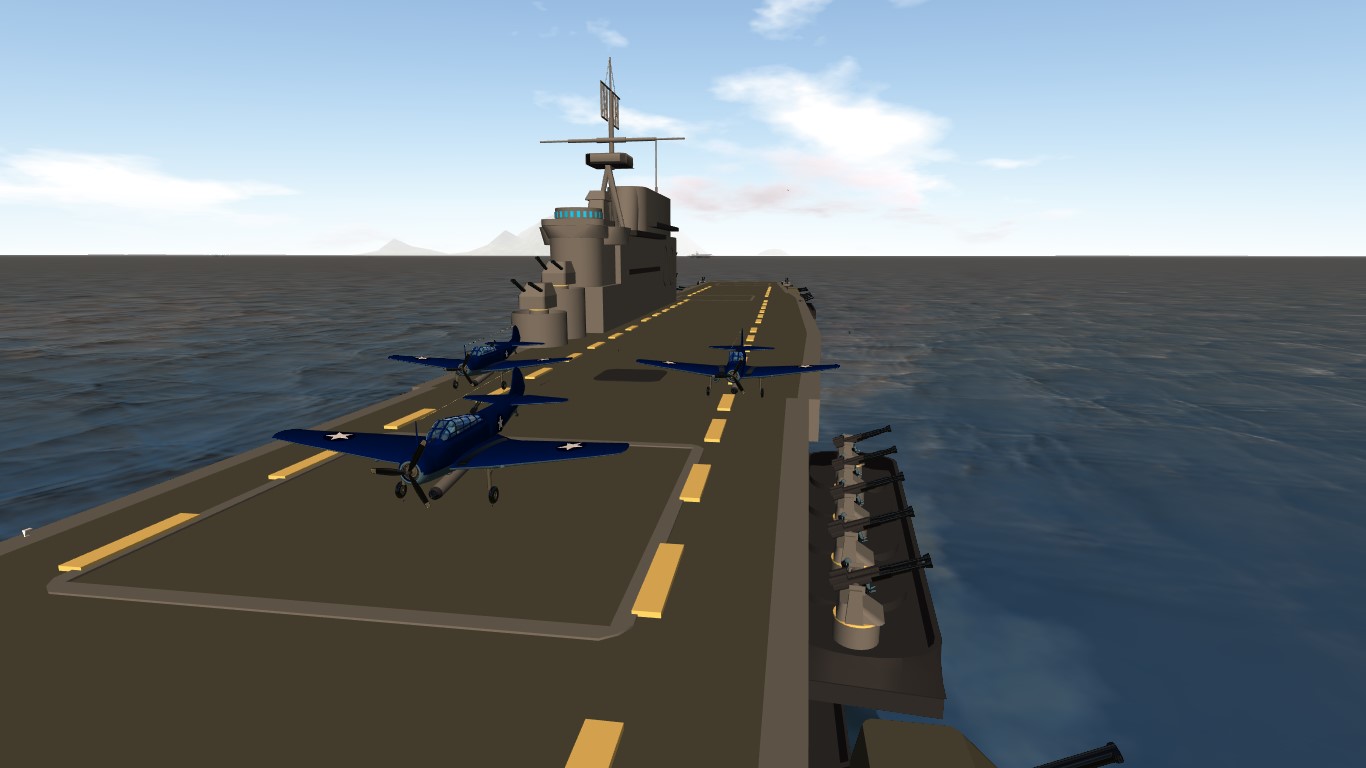
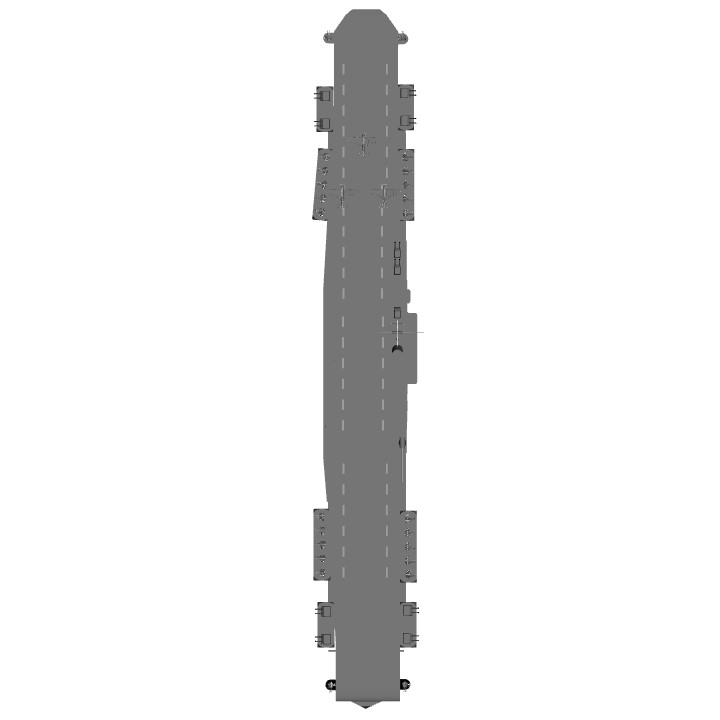
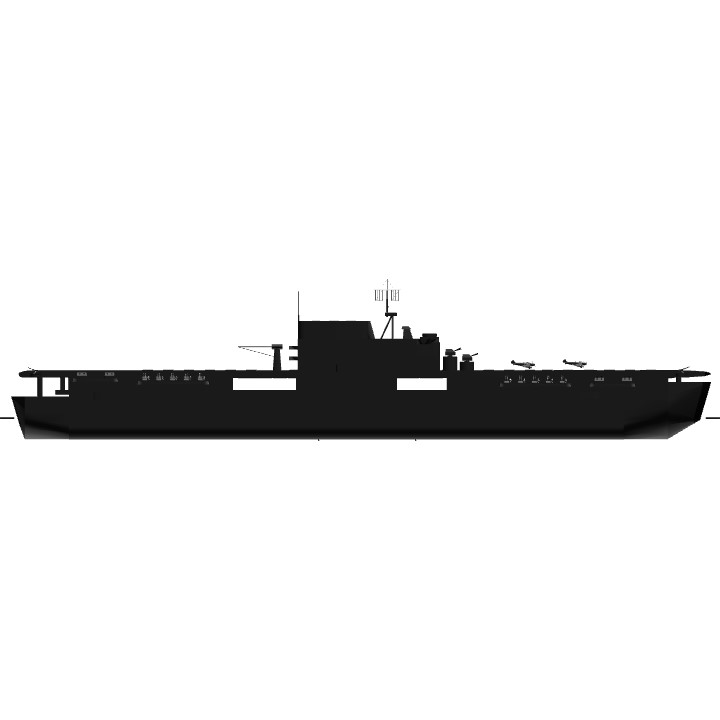
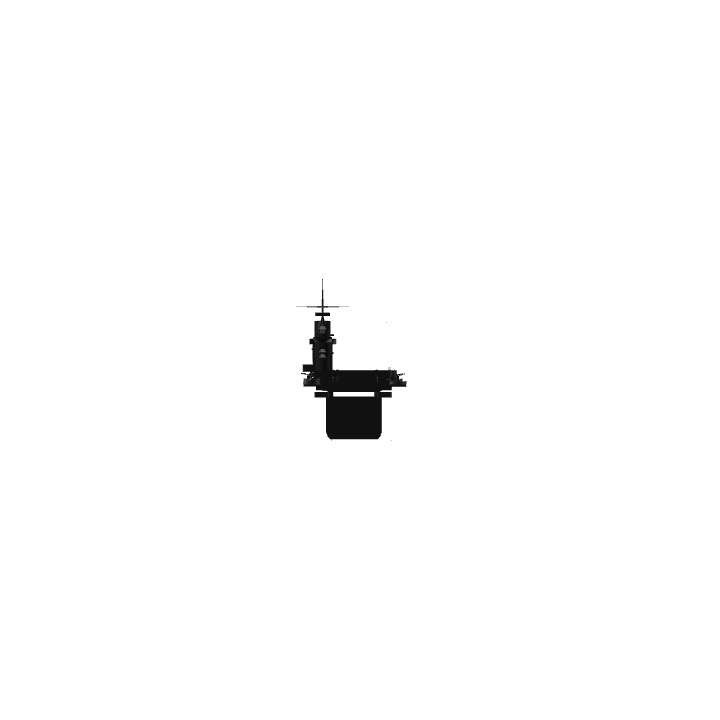
@RandomUser09 Lol!
Mmmmm kinda horny.